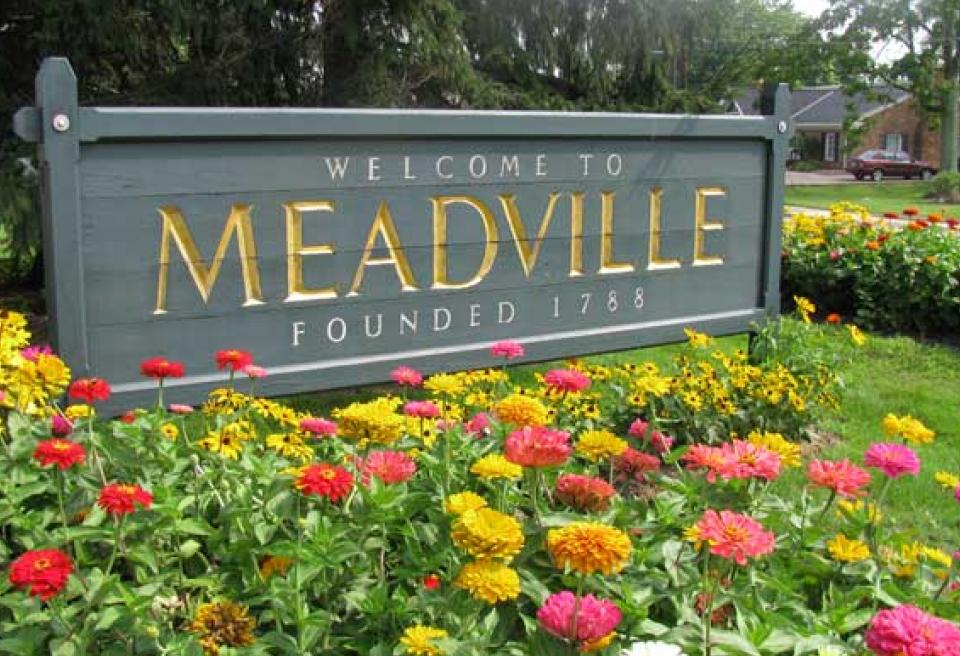
Every business, non-profit organization, or local government is only as good as the community around them. By community I am not referring to its people (although yes, that is important); instead, I mean community in the context of a product, or in other words the amenities and activities offered in that area. As a general rule, to be successful, rural towns must focus on the community first, and the people will then come. This proved to be the case in a survey of the 400 most successful towns across the country. The survey also found that the majority of these towns relied on simple strategic plans that addressed four major areas:
- branding - what specifically the area was known for
- development - what government, businesses, and organizations would do to retain and build that brand
- marketing - how they would tell the world about their brand
- actionable initiatives - the specific action items, points of responsibility, and deadlines needed to implement the plan
While each of these items merits discussion, it’s branding that demands the most attention. Why? Branding is the least understood aspect of marketing. Whenever I ask someone about the outcomes of their most recent branding initiative, nine times out of ten, the answer is always a new logo, tagline, and website. Hearing this is disheartening to me because I know right away they just blew a lot of money on efforts that are unlikely to provide the value they were hoping for. (Is it any wonder why marketing budgets are cut first?)
What is Branding?
Simply put, branding is a perception. Your brand is defined by how your target audience perceives you and your product, and it’s created through visual cues, people and local attitudes, word of mouth, publicity, news, and social media. Most of these are avenues you cannot control which means you can be perceived as either a good brand or a bad brand (think Flint, MI).
To achieve a good brand, the key is to deliver on the perception you are trying to promote. For example, Nashville promotes itself as the country music capital and it delivers. It’s the first thing most think of when Nashville is mentioned. The same for Hershey (chocolate), Gettysburg (Civil War), Lancaster (Amish country).
So, if good branding is delivering on a perception, then bad branding is a result of the opposite. Understand, those above examples didn’t earn their brand overnight. It took time to change local attitudes, develop the concept, and build around it, in order to deliver on the specific promise they were marketing.
Where does Branding Start?
The most successful brands are ones built around a product, particularly one with a unique selling proposition (USP). Small towns and rural communities, therefore, need to define their product and its USP. It is crucial for these to understand what sets them apart from everyone else first, and then leverage their other activities, amenities, and ambiance around that USP. Cedar Point, for example, has the amusement park as their USP, from which they can promote activities on the Lake Erie and visits to Sandusky’s historic downtown.
There several factors to keep in mind when it comes to your area’s product. First, product development never ends and must constantly be built on, otherwise, it can get stale. Colonial Williamsburg, for instance, relied on the status quo and now faces serious financial difficulty. Conversely, Jefferson, Texas, famous for its extensive antique shopping, grew the number of bed and breakfasts to accommodate out-of-town shoppers and is now known as the B&B capital of the country.
The second consideration is that your USP may be different depending on your area’s target audience. For tourists, the USP might be having the best lakes in the state. However, for the transplants you hope to attract, the USP would likely center on quality-of-life, like the best schools in the region while lower cost of doing business might be the USP for companies looking to relocate their operations.
Finally, small towns and their surrounding rural communities should work together on their branding, not as individual entities. This is not to say outlying communities should surrender their identity to the larger entities. Instead, multi-community organizations need to create an umbrella brand that encompasses various communities with their own individual brands. Think of Chevy and its slogan “Heartbeat of America.” They never say “buy a Chevy,” but instead market Malibus to families, Corvettes to Boomers, and Aveos to young 20-year-olds. For a region that claims the best lakes in the state, one lake might be better for camping, another for fishing, and yet another for water sports. In each case the brand promise might vary based on the audience yet still has a place within the umbrella brand.
What Kills Branding?
Branding a community takes a village- no pun intended. To be effective, delivering on a brand promise is a team sport because, for rural small towns, one unified voice will accomplish more than a bunch of independent ones. This, of course, is easier said than done when communities are made up of so many varied entities or lack the resources to move branding efforts forward.
It should be no surprise that local politics is the prime killer of community branding programs. This encompasses not just elected officials, but also member organizations which tend to be the biggest of the two in creating unnecessary obstacles. In most of these instances, lack of funding or an unwillingness to contribute funding is the central issue as is organizational biases and protection of personal interests.
This dynamic is prevalent in all communities, even successful ones. The difference, however, is that for the communities that found success, they did so primarily through private funding sources and by fostering the growth of local businesses. These communities also had a handful of champions who pushed the branding vision to reality, and that vision was not derived from a massive top-down plan.
In fact, of those 400 surveyed towns, only three had strategic plans developed through committees and municipal officials. Even so, the strategic plan still served as the focal point, getting everyone on the same page and driving action behind the area’s branding efforts. These strategic plans also defined clear roles with cities, towns, counties, etc. working to fund and facilitate initiatives while businesses and community leaders championing and pioneering them.
Logos and Taglines?
So what about those logos & slogans that make me cringe so much? To be fair, they do have a place within the larger realm of branding, and I don’t mean to disparage their importance. Done correctly, these creative elements should be a punctuation mark that underscores your brand promise. When done first without knowing what that promise is, then it’s putting the cart before the horse.
# # #
Stay tuned for future posts on the opportunities that exist for our community. Follow Bull Moose Marketing on Facebook for additional resources on small towns and marketing.







